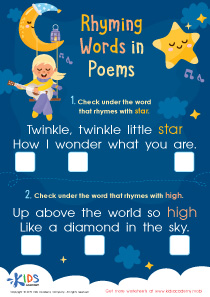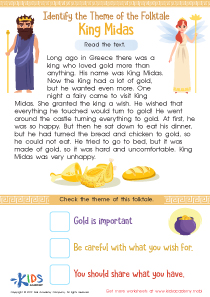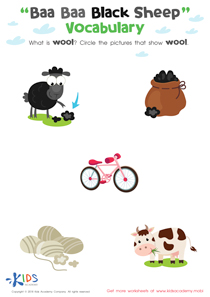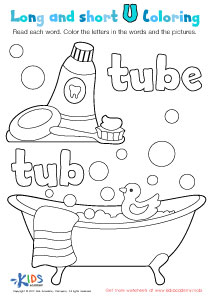Story sequencing Normal Reading Worksheets for Ages 6-8
15 filtered results
-
From - To
Our Story Sequencing Normal Reading Worksheets for ages 6-8 are designed to enhance young readers' comprehension and organization skills. These engaging activities help children understand the logical order of events in a story, nurturing their ability to retell narratives independently. Perfect for early learners, our worksheets focus on arranging pictures or text snippets in the correct sequence, promoting critical thinking and narrative structure understanding. By frequently practicing with these worksheets, children develop a strong foundation in storytelling, reading fluency, and attentiveness to detail. Fuel your child's reading journey with our thoughtfully crafted story sequencing resources today!
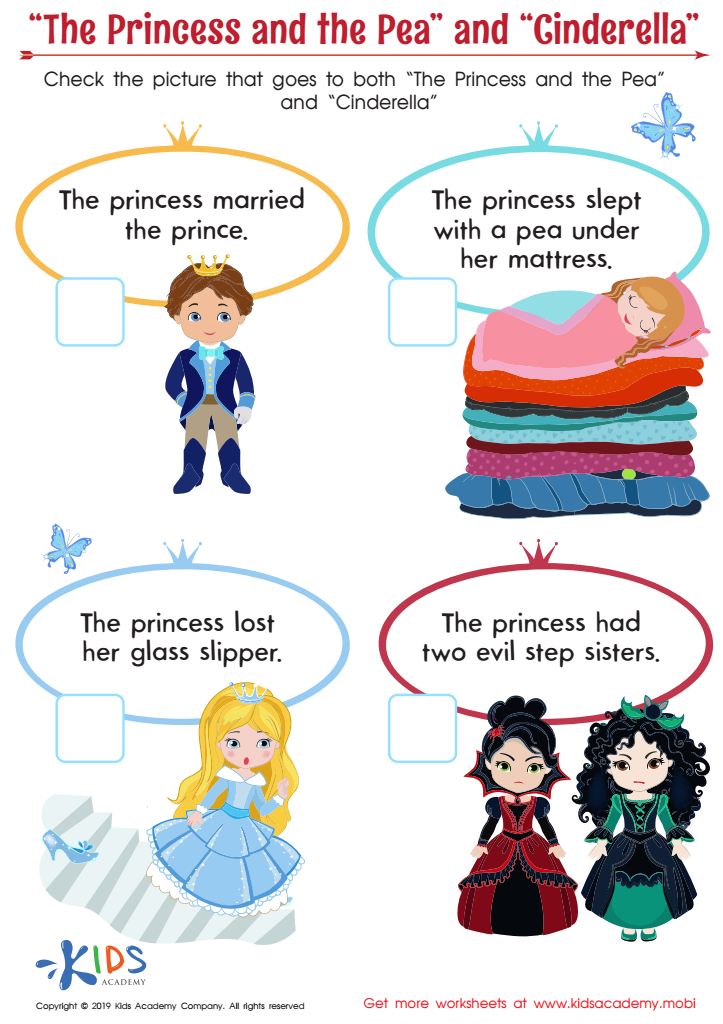

“The Princess and the Pea” and “Cinderella” Worksheet
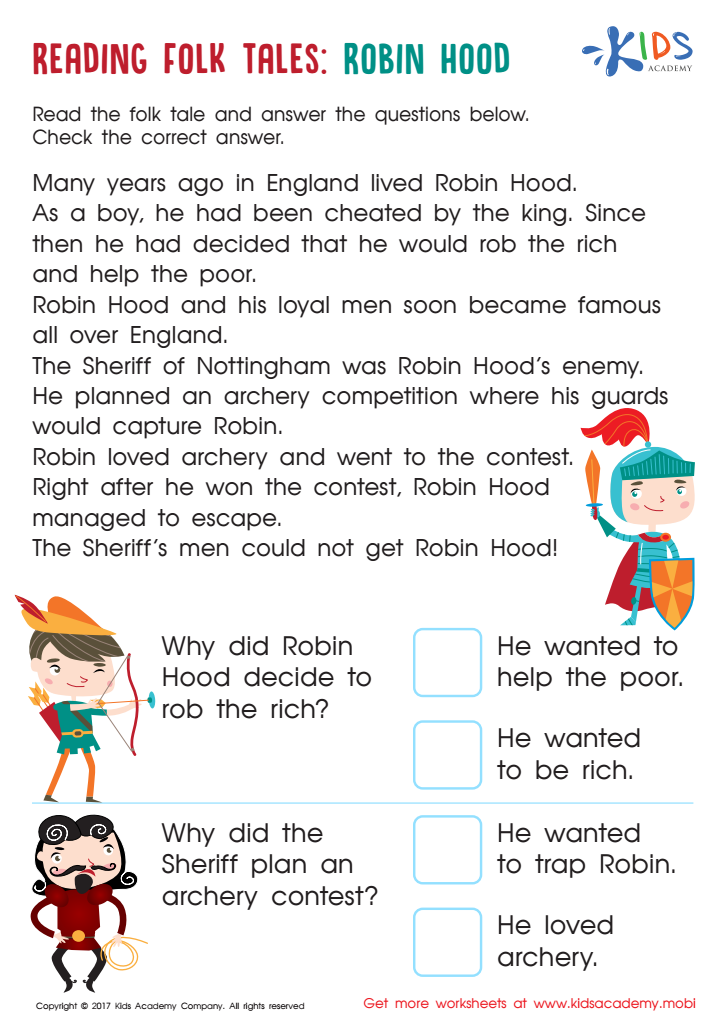

Robin Hood Folktale Worksheet
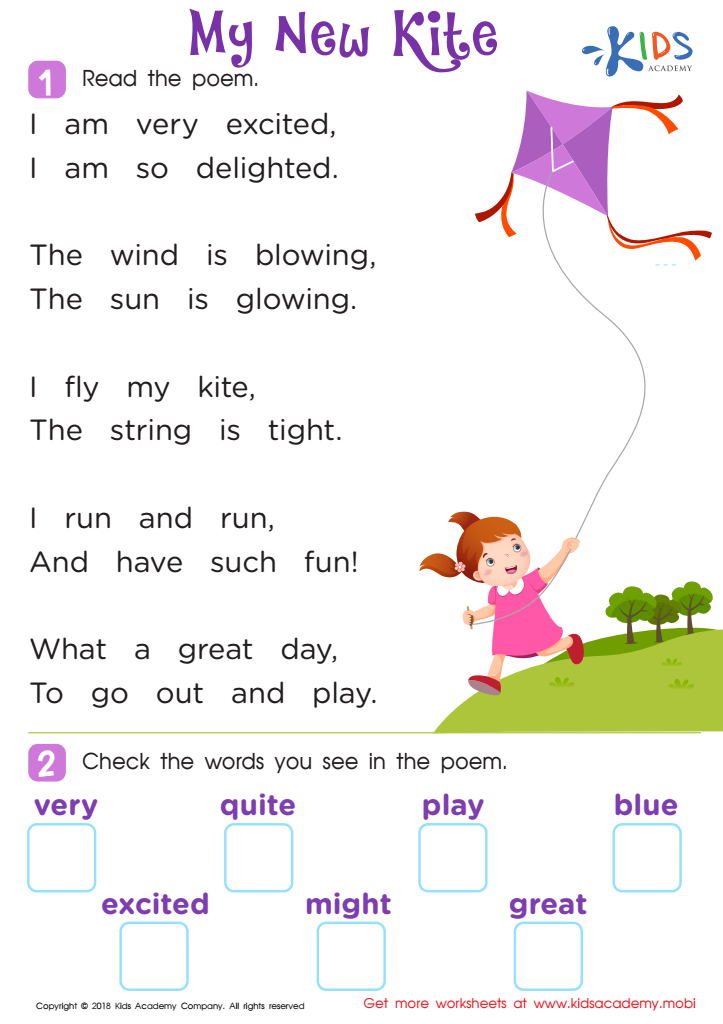

Poem: My New Kite Worksheet
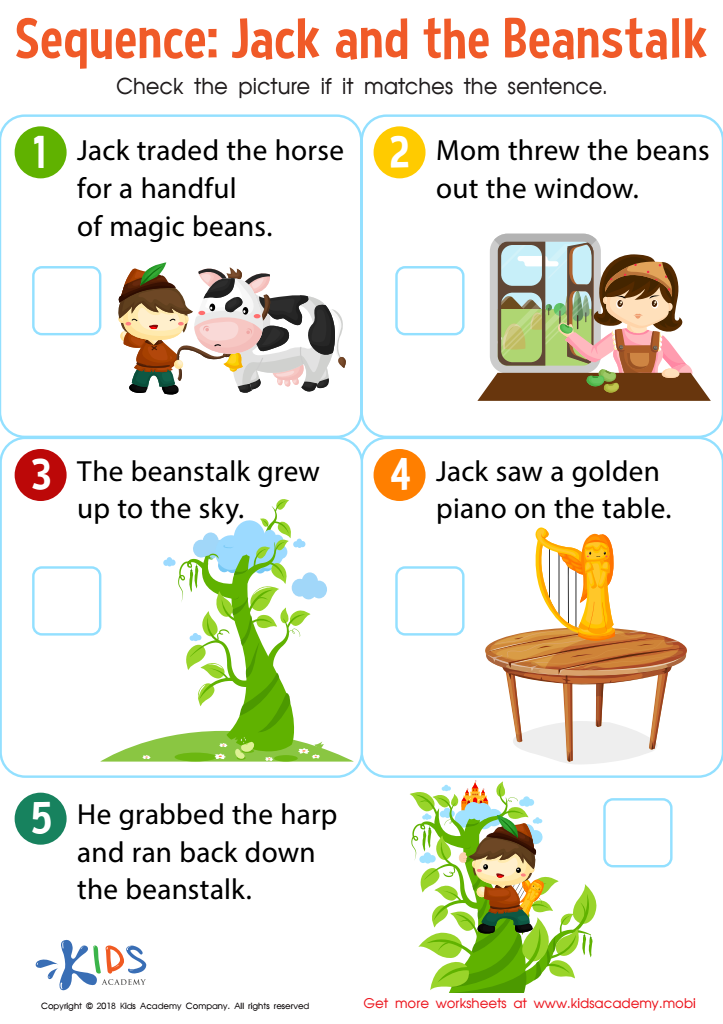

Sequence: Jack and The Beanstalk Worksheet
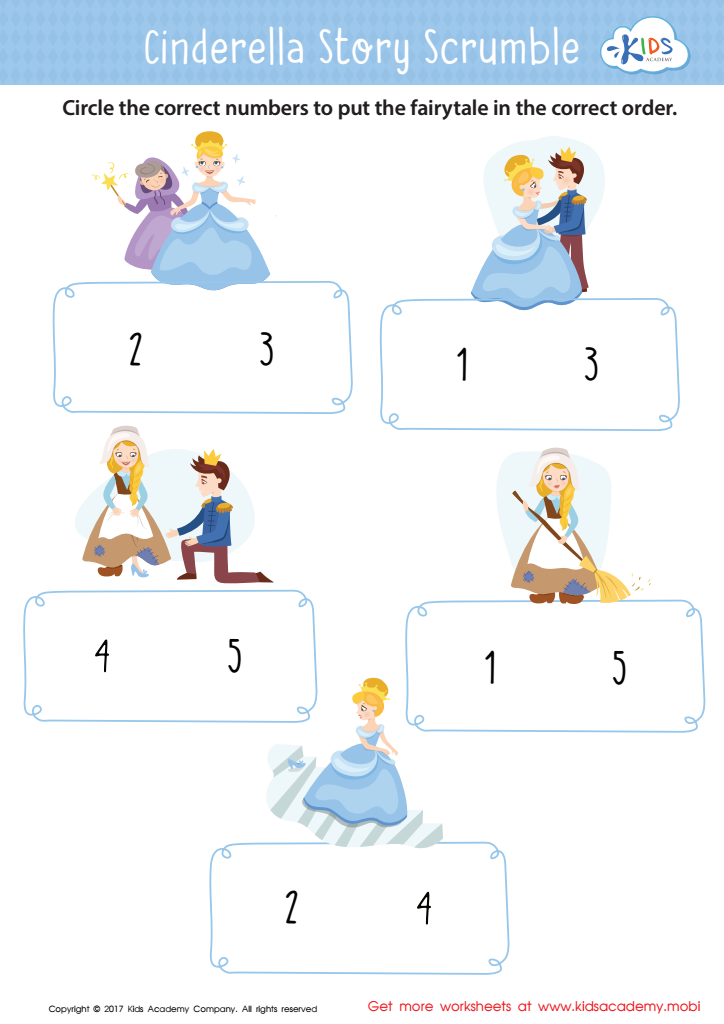

Cinderella Story Sequencing Worksheet
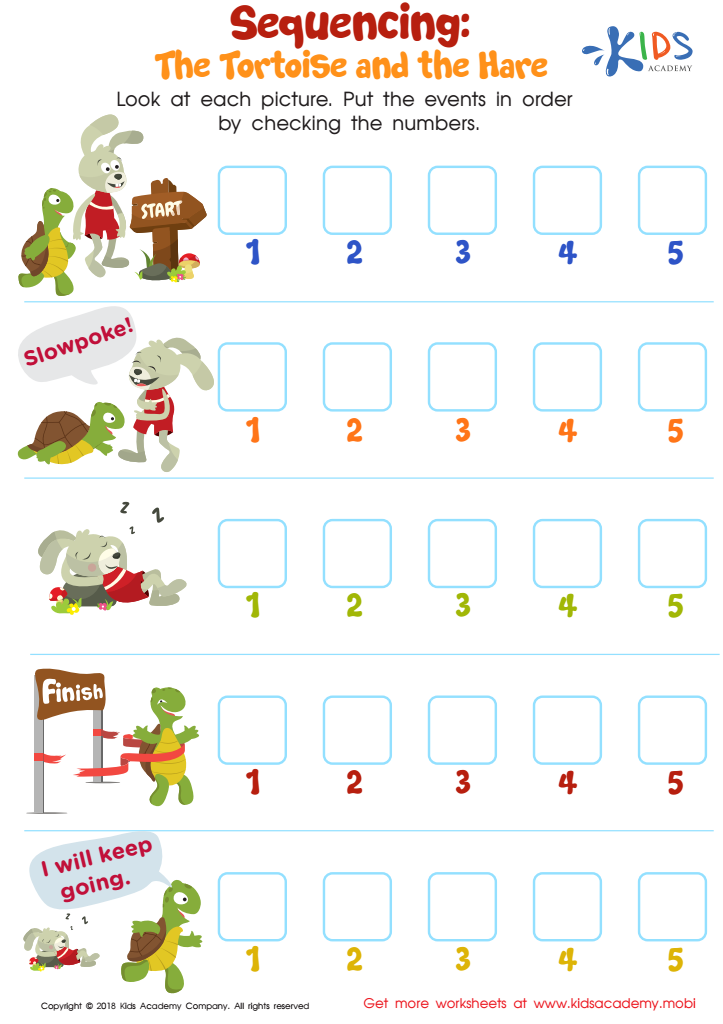

Sequencing: The Tortoise and the Hare Worksheet
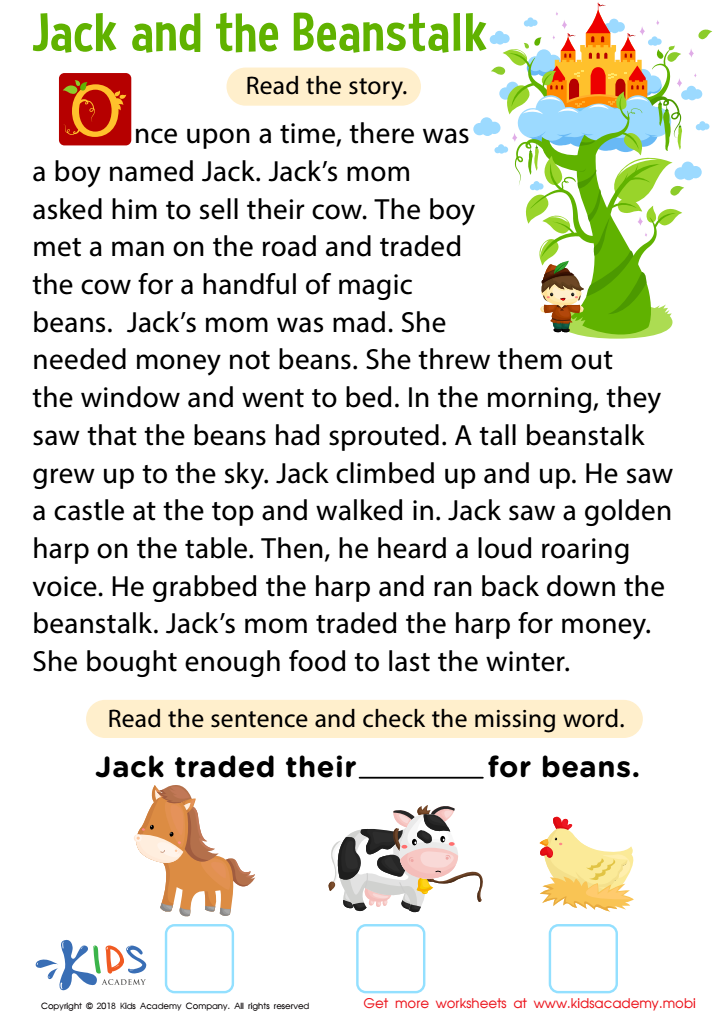

Jack and Beanstalk Worksheet
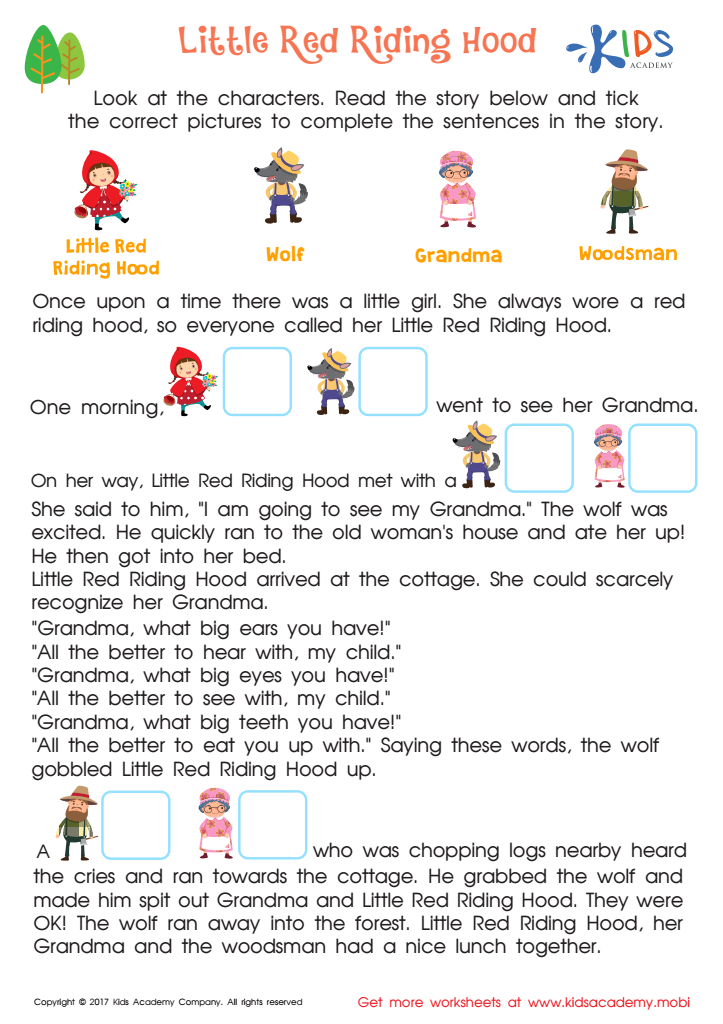

Little Red Riding Hood Printable
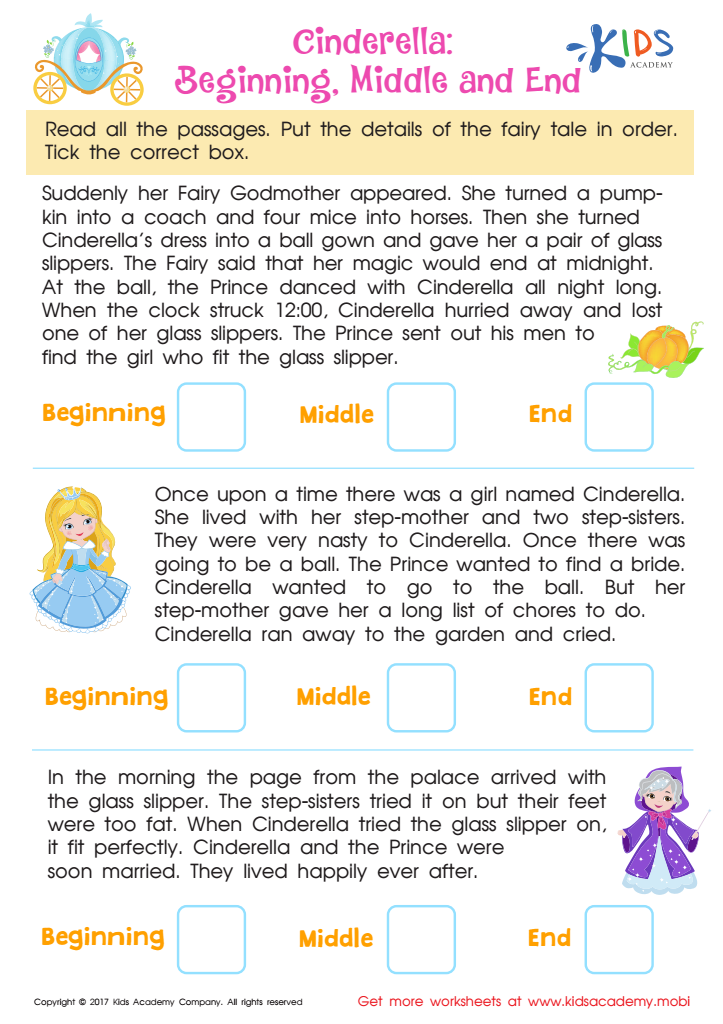

Cinderella: Beginning, Middle and End Worksheet
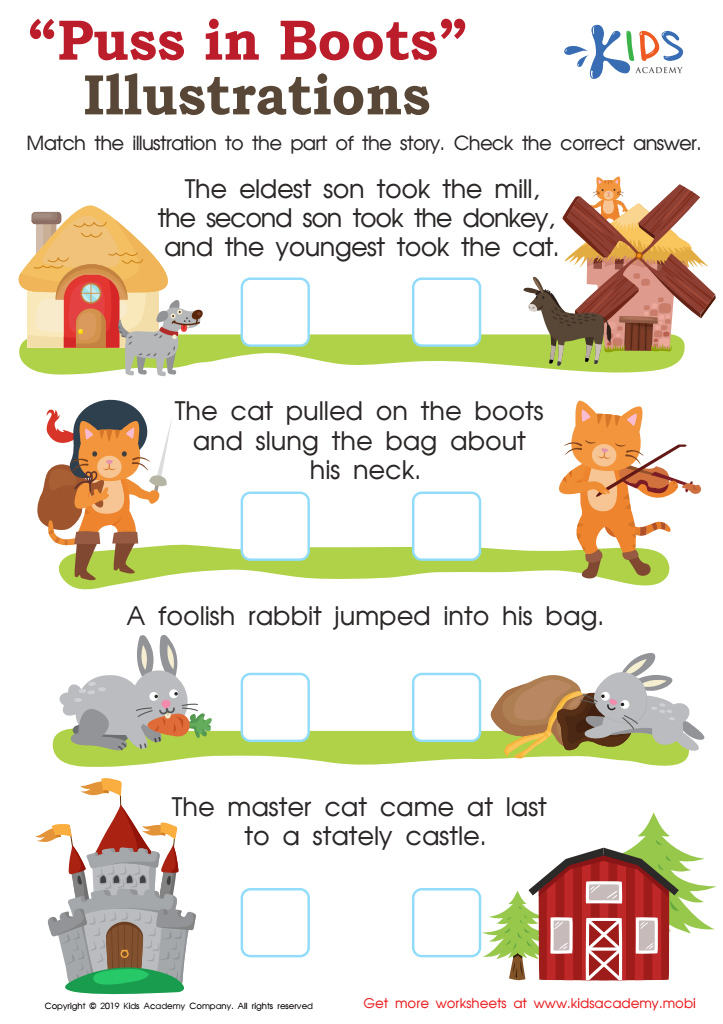

Puss in Boots Illustrations Worksheet
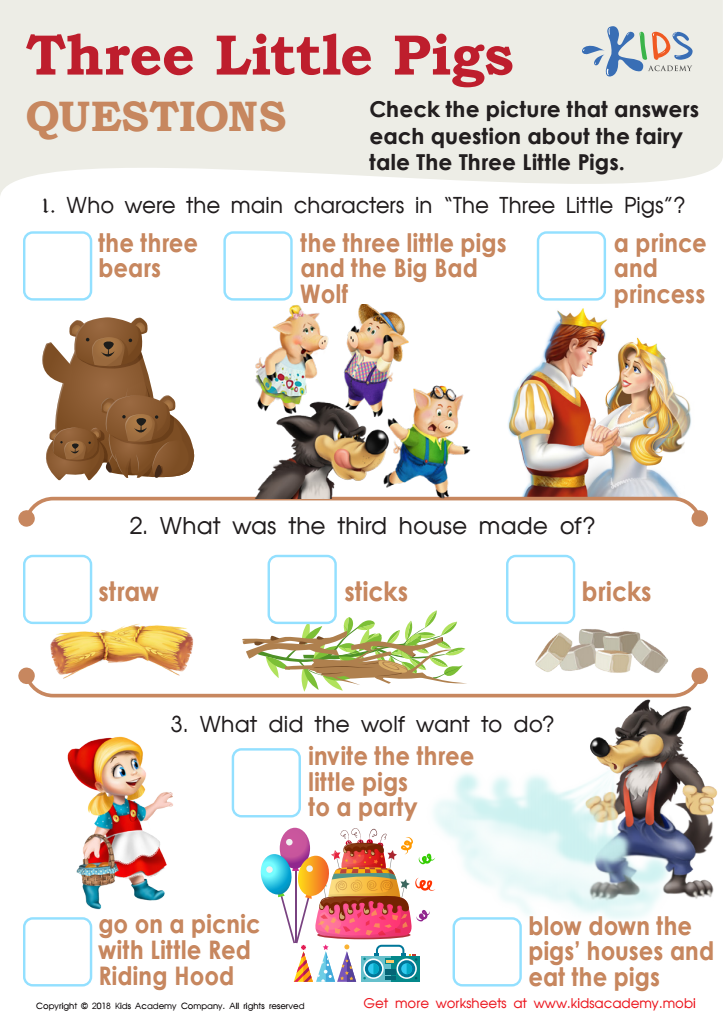

Three Little Pigs Questions Worksheet
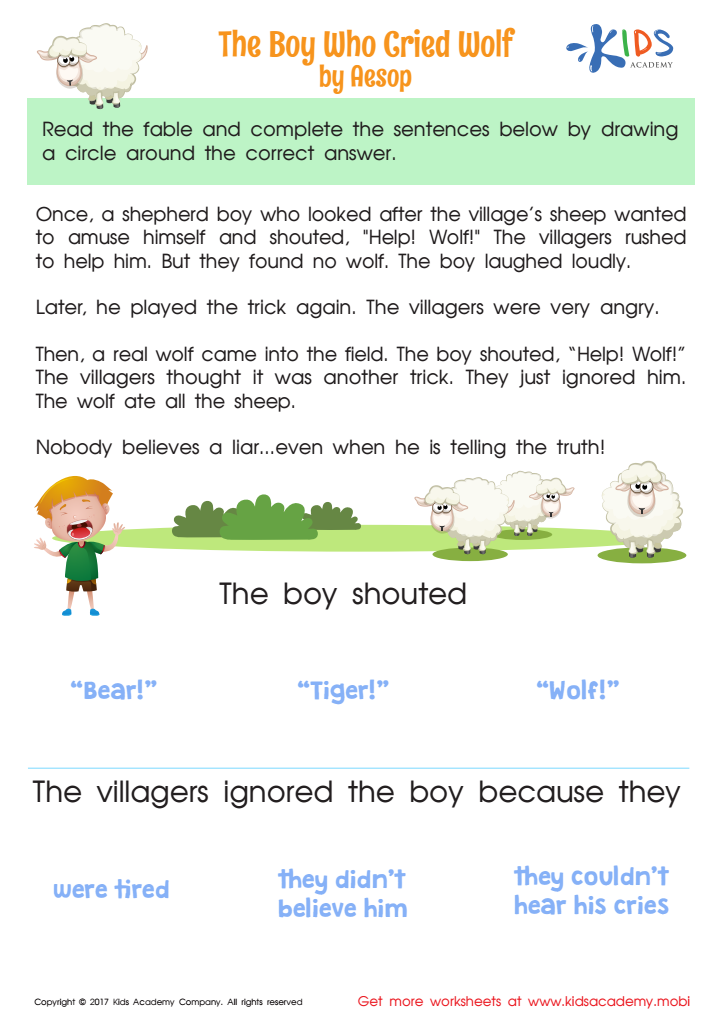

The Boy Who Cried Wolf Worksheet
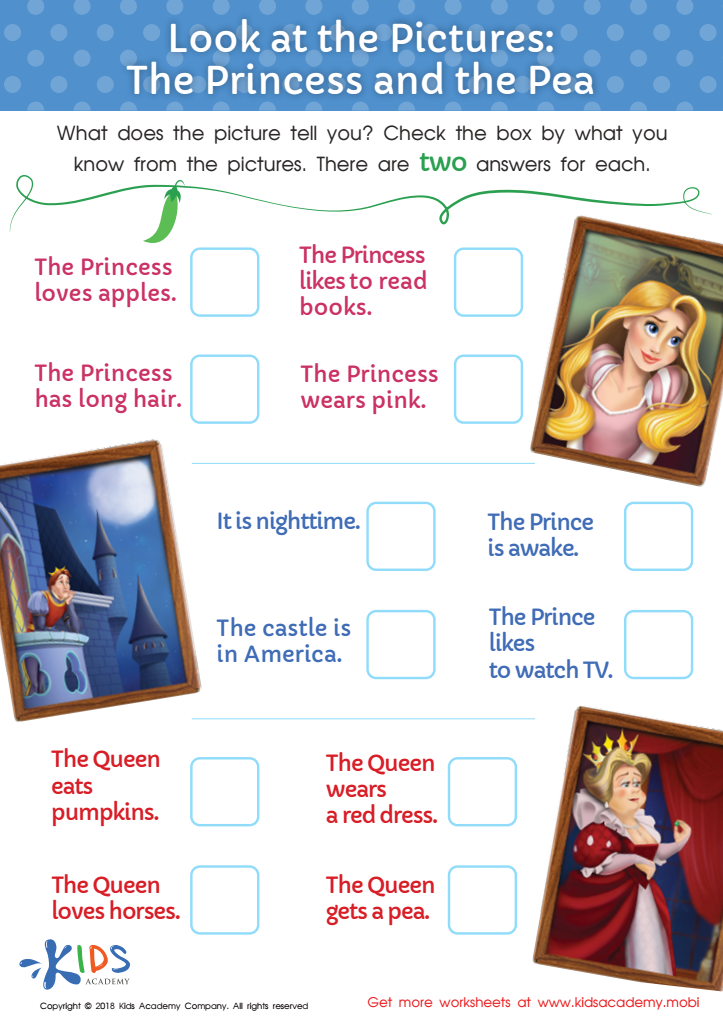

Look at the Pictures: The Princess and the Pea Worksheet
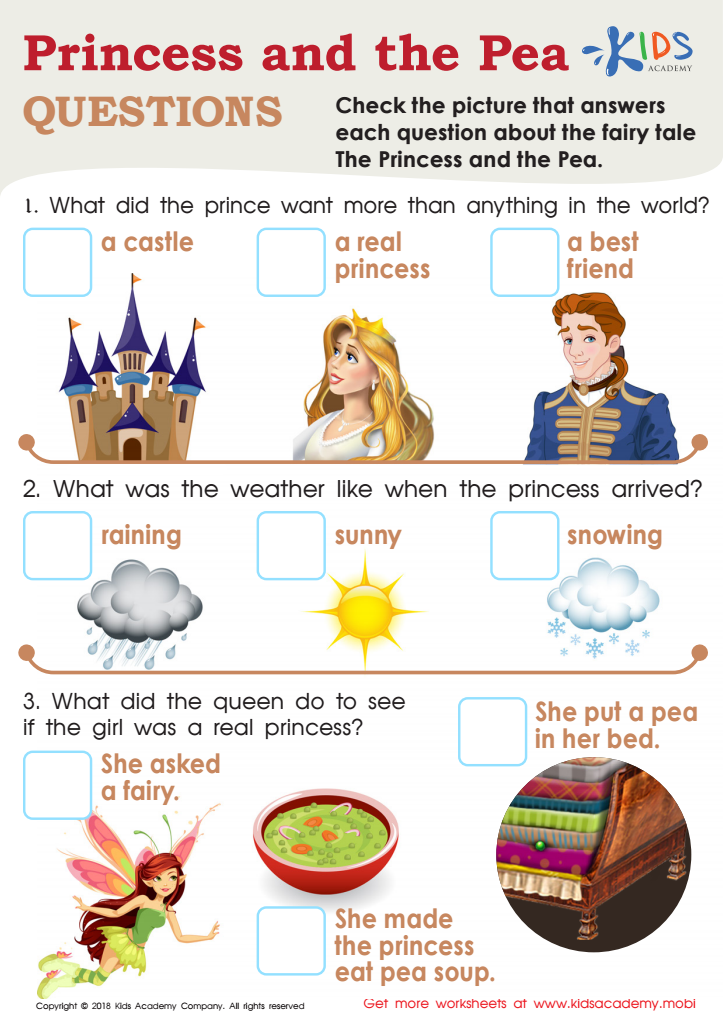

Princess and the Pea Questions Worksheet
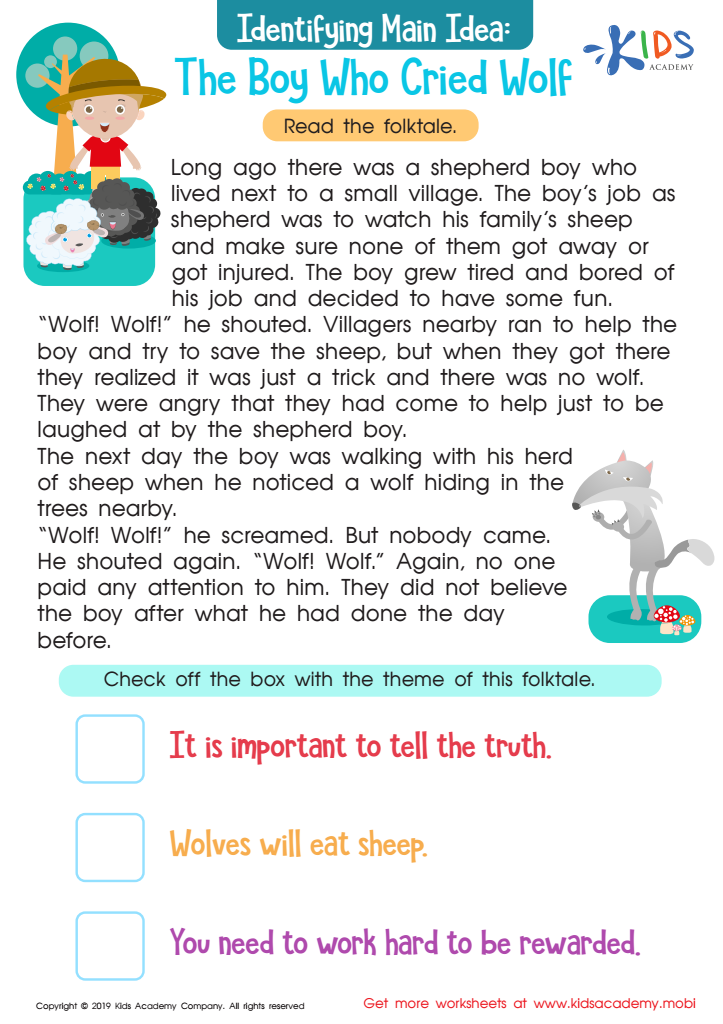

The Boy Who Cried Wolf Part 2 Worksheet
Story sequencing is crucial for young readers aged 6-8 as it profoundly impacts their reading comprehension and overall literacy development. Parents and teachers should care about this skill because it helps children understand story structure, a fundamental aspect of reading proficiency. By learning to sequence events, kids grasp the logical order in which events occur, enhancing their ability to recall details and predict outcomes. This not only bolsters memory but also encourages critical thinking, as children must determine which events are most significant and how they interconnect.
Story sequencing also aids in vocabulary development and language skills. When children retell a story in their own words, they practice new vocabulary and the conventions of storytelling, both of which are crucial to effective communication. Moreover, this practice reinforces listening skills and attention to detail, as youngsters need to pay close attention to the narrative to retell it accurately.
Furthermore, sequencing can make reading more enjoyable and less intimidating. It breaks stories down into manageable parts, making it easier for early readers to approach texts independently. Overall, focusing on story sequencing nurtures a deeper engagement with reading, setting a strong foundation for future academic success and fostering a lifelong love for literature.
 Assign to My Students
Assign to My Students


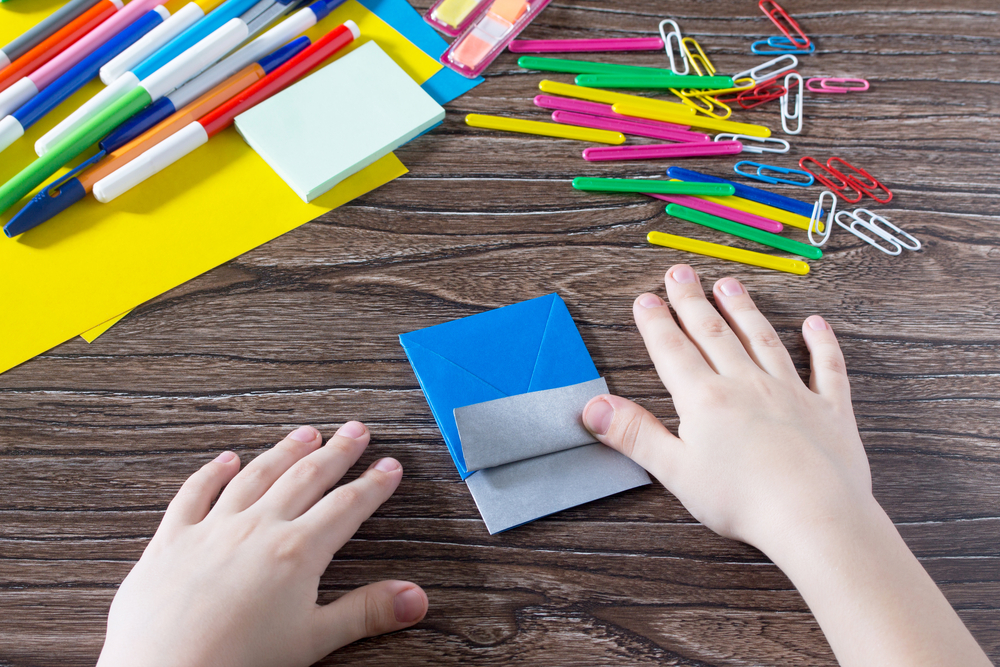
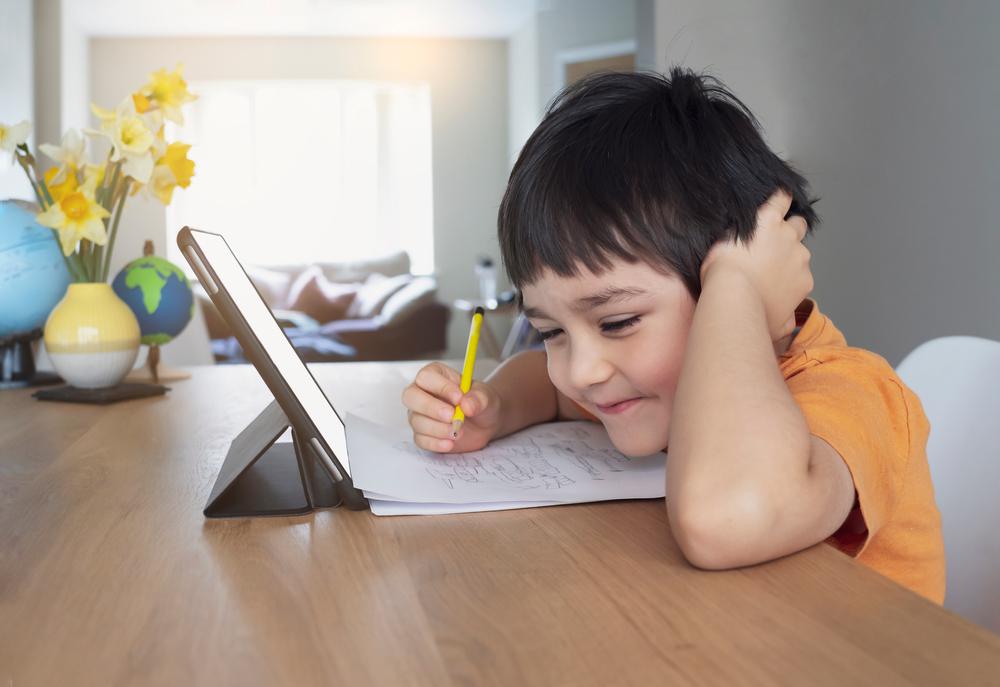
.jpg)




